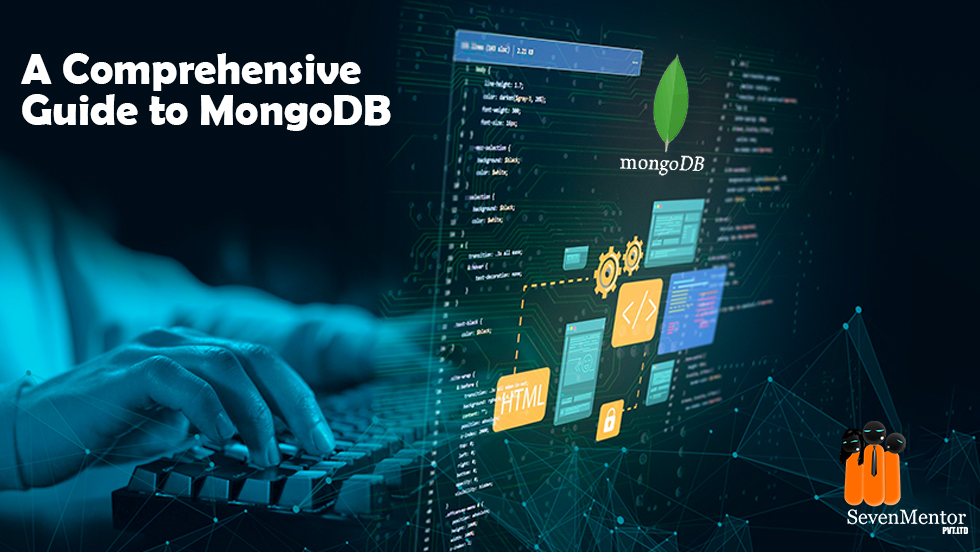A Comprehensive Guide to MongoDB
MongoDB, a NoSQL database, has gained immense popularity for its flexibility, scalability, and ease of use. One of the key features that make MongoDB a preferred choice for developers is its robust querying capabilities. In this blog, we will delve A Comprehensive Guide to MongoDB find and aggregate methods, exploring how these tools empower developers to retrieve and manipulate data efficiently. Master the art of MERN Stack classes in Pune. Dive into the world of MongoDB, Express.js, React, and Node.js, gaining hands-on experience in building robust, full-stack applications.
For Free Demo classes Call: 8237077325
Registration Link: Click Here!
Understanding the Basics:
1. Find Method:
The find method in MongoDB is analogous to the SQL SELECT statement. It allows you to query a collection and retrieve documents that match a specified criteria. Let’s explore some of the fundamental aspects of the find method:
- Basic Syntax:
db.collectionName.find({ <query> })
- Query Operators:
MongoDB provides a rich set of query operators to filter and retrieve data. Some commonly used operators include:
Equality: $eq
Inequality: $ne
Greater Than: $gt
Less Than: $lt
Logical AND: $and
Logical OR: $or
2. Aggregate Method:
The aggregate method goes beyond simple queries, enabling developers to perform complex data transformations and aggregations. It is akin to the SQL GROUP BY clause but offers a more versatile and expressive approach. Let’s delve into the essentials of the aggregate method:
- Basic Syntax:
db.collectionName.aggregate([ { $stage1 }, { $stage2 }, … ])
For Free Demo classes Call: 8237077325
Registration Link: Click Here!
- Stages:
MongoDB’s aggregation pipeline consists of stages, each processing the documents in a collection in sequence. Elevate your coding expertise and embark on a journey with SevenMentor’s MERN Stack Training in Pune of creating cutting-edge web applications Some common stages include:
$match: Filters documents based on a specified condition.
$group: Groups documents by a specified key and performs aggregate functions.
$project: Reshapes documents, including or excluding fields.
$sort: Sorts documents based on specified criteria.
Practical Examples:
- Find Method:
// Find all documents where the “status” field is “active”
db.users.find({ status: “active” })
// Find documents where the “age” is greater than 25 and the “gender” is “female”
db.users.find({ age: { $gt: 25 }, gender: “female” })
// To use ‘$or’ write command as
db.collection_name.find({$or:[{key:value},{key:value}])
// To use ‘$and’ write command as
db.collection_name.find({$and:[{key:value},{key:value}])
// To use ‘$lt’ write command as
db.users.find({ age: { $lt: 50 }, gender: “female” })
//For like write command as
db.collection_name.find({key:/value/})
//For in write the command as
db.collection_name.find({key:{$in:[value1,value2]}})
//For nor write command as
db.collection_name.find({$nor:[{key:value},{key:value}]})
For Free Demo classes Call: 8237077325
Registration Link: Click Here!
- Aggregate Method:
// Calculate the average age for each gender
db.users.aggregate([
{ $group: { _id: “$gender”, avgAge: { $avg: “$age” } } }
])
// Count the number of users in each city and sort in descending order
db.users.aggregate([
{ $group: { _id: “$city”, userCount: { $sum: 1 } } },
{ $sort: { userCount: -1 } }
])
//To display records which matches specified condition.
db.collection_name.aggregate([{$match:{key:value}}])
// You can group records by giving the key name
db.collection_name.aggregate([{$group:{_id:’$key’}}])
db.collection_name.aggregate([{$group:{_id:’$key’,total:{$sum:’$key’}}}])
This command displays sum of the specified key.
//To display the records with limited keys
db.collection_name.aggregate([{$match:{key:value}},{$project:{key:1,key:1}}])
By specifying the key 0 we can ignore that key
//To change the name of the key use command
db.collection_name.aggregate([{$match:{key:value}},{$project:{oldkey:’$newkey’}}])
For More information do visit our channel: Click Here
Conclusion
In the world of MongoDB, mastering the find and aggregate methods is essential for harnessing the full potential of this powerful NoSQL database. Elevate your coding skills with our MERN Stack Course in Pune Whether you are retrieving specific documents or performing complex aggregations, MongoDB provides a flexible and efficient platform for managing your data. By leveraging these methods effectively, developers can create robust and scalable applications that meet the demands of modern data-driven environments.
Author:-
Sarika Ganesh Kore
Call the Trainer and Book your free demo Class For MERN Stack Call now!!!
| SevenMentor Pvt Ltd.
© Copyright 2021 | SevenMentor Pvt Ltd.

